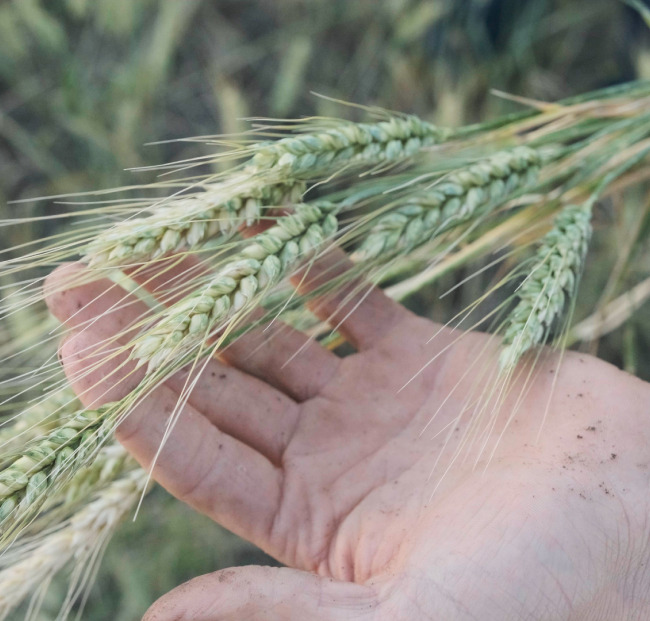En la producción regenerativa de cereales y leguminosas, es importante adoptar un enfoque sistémico en la fijación de objetivos, la planificación de cultivos y el calendario de aplicación de nutrientes.
La erosión del suelo, la lixiviación de los costosos fertilizantes solubles y la susceptibilidad de los cultivos a las inclemencias meteorológicas, los insectos y las enfermedades son algunos de los retos más acuciantes a los que se enfrentan los productores de cereales y leguminosas. Los remedios para aumentar la eficiencia del nitrógeno pueden provocar la supresión microbiana en el suelo, y los tratamientos con fungicidas e insecticidas, caros e ineficaces, no dan en el blanco para mejorar la salud y el rendimiento de los cultivos. AEA aboga por un enfoque holístico de la gestión, que incluya el suministro estratégico de los nutrientes adecuados en el momento oportuno y métodos biológicamente respetuosos para crear eficiencia en los insumos. Nuestros métodos mejoran la relación simbiótica entre las plantas y los microbios del suelo, lo que aumenta la resistencia a los fenómenos meteorológicos extremos y refuerza la inmunidad natural contra insectos y enfermedades.
La AEA anima a los agricultores a pensar en la regeneración a largo plazo, no sólo en la rentabilidad a corto plazo. El planteamiento de AEA respecto a los cultivos en grandes extensiones incluye una cuidadosa consideración de los retos y objetivos asociados a cada explotación individual. Ayudamos a los agricultores a comprender mejor las repercusiones a largo plazo de las prácticas de gestión operativa, algunas de las cuales pueden parecer insignificantes si se observan a corto plazo.
Los miembros de nuestro equipo de servicios agrícolas ayudan a los agricultores a identificar y abordar los principales factores que limitan el éxito de sus operaciones y, a continuación, crean un plan para hacer frente a estos retos. Utilizando la información agronómica existente, junto con pruebas y análisis de datos exhaustivos, AEA proporciona a los agricultores un plano detallado de la nutrición necesaria para obtener rendimientos y calidad óptimos.

Para los cultivos de cereales y leguminosas, AEA utiliza tratamientos de semillas que incluyen rizobacterias promotoras del crecimiento vegetal (PGPR), hongos micorrícicos y nutrición mineral líquida.
Optimizamos aún más el rendimiento de los cultivos con programas de pulverización foliar basados en datos en los Puntos Críticos de Influencia (CPI), aquellos momentos del ciclo de vida de un cultivo en los que las aplicaciones nutricionales y biológicas tienen la mayor influencia en el éxito del crecimiento y la cosecha.
Ayudamos a los agricultores a evaluar las necesidades de enmiendas del suelo a granel con el objetivo de evitar el coste y los efectos adversos de aplicar en exceso el nutriente equivocado en el momento equivocado. Además, nuestros programas pueden suponer un ahorro aún mayor en los costes de los fertilizantes al abrir la capacidad de las plantas para aprovechar las reservas minerales complejas del suelo.


